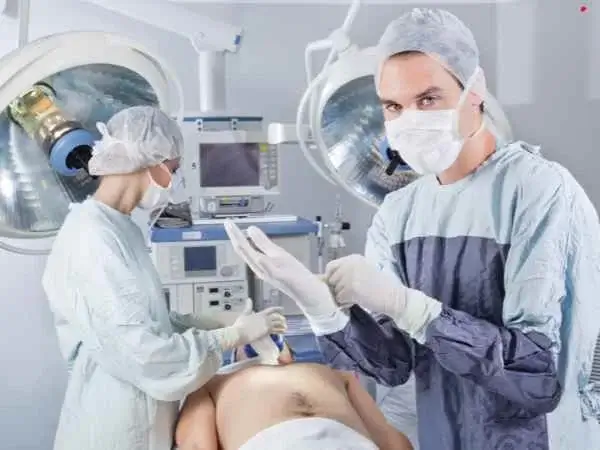
Understanding the New Regulatory Landscape
The medical device industry has undergone significant changes with the introduction of the European Union Medical Device Regulation (EU MDR) and In Vitro Diagnostic Regulation (IVDR). These regulations aim to enhance patient safety and device effectiveness. For importers of medical devices into the EU market, adapting to these new requirements is essential for continued success and compliance.
Key Changes in EU MDR and IVDR
The EU MDR introduces several important changes:
- Expanded scope of regulated products
- Stricter classification rules for devices
- Enhanced clinical evidence requirements
- Increased post-market surveillance
- Unique Device Identification (UDI) system implementation
Impact on Importers
Importers play a vital role in the supply chain and face new responsibilities under EU MDR:
- Verifying manufacturer compliance
- Ensuring proper labeling and instructions
- Maintaining complaint registers
- Cooperating with authorities on corrective actions
- Implementing their own quality management systems
Steps to Achieve EU MDR Readiness
Assess Your Current Position
Begin by evaluating your existing processes:
a) Review your product portfolio
b) Identify gaps in current compliance measures
c) Analyze the impact on your supply chain
d) Assess resource needs for compliance
Develop a Comprehensive Strategy
Create a roadmap for EU MDR compliance:
- Set clear goals and timelines
- Allocate resources effectively
- Establish cross-functional teams
- Prioritize high-risk or high-impact products
Update Quality Management Systems
Align your quality processes with EU MDR requirements:
- Revise standard operating procedures
- Implement new documentation practices
- Enhance traceability measures
- Strengthen supplier management processes
- Enhance Product Documentation
Ensure all product-related documentation meets new standards:
a) Update technical files
b) Review and revise labeling
c) Prepare new Declarations of Conformity
d) Develop Summary of Safety and Clinical Performance (SSCP) documents
Strengthen Post-Market Surveillance
Implement robust post-market monitoring:
- Develop proactive data collection methods
- Establish clear incident reporting procedures
- Implement effective recall processes
- Conduct regular trend analyses
Train Your Team
Educate your staff on EU MDR requirements:
- Conduct comprehensive training sessions
- Develop role-specific guidance materials
- Establish ongoing education programs
- Encourage a culture of compliance
- Engage with Notified Bodies
Prepare for increased scrutiny from Notified Bodies:
a) Understand new assessment procedures
b) Prepare for more frequent and in-depth audits
c) Allocate resources for potential re-certification
d) Maintain open communication channels
Challenges and Opportunities
While EU MDR compliance presents challenges, it also offers opportunities:
- Improved product quality and safety
- Enhanced market reputation
- Potential for innovation in product design
- Streamlined processes and documentation
Specific Considerations for IVDR
In addition to EU MDR, importers of in vitro diagnostic devices must prepare for IVDR:
- Understand the new risk-based classification system
- Prepare for increased clinical evidence requirements
- Implement UDI for IVD products
- Enhance post-market surveillance specific to IVDs
Leveraging Technology for Compliance
Embrace digital solutions to streamline EU MDR compliance:
- Implement electronic quality management systems
- Utilize data analytics for post-market surveillance
- Adopt cloud-based document management solutions
- Explore AI-driven regulatory intelligence tools
Building Partnerships for Success
Collaboration is key in navigating EU MDR requirements:
a) Strengthen relationships with manufacturers
b) Engage with regulatory consultants when needed
c) Participate in industry forums and working groups
d) Maintain open dialogue with regulatory authorities
Timeline and Transition Periods
Understanding the EU MDR timeline is critical:
- May 26, 2021: EU MDR came into full application
- May 26, 2024: End of the transition period for certain devices
- May 26, 2025: Expiration of certificates issued under previous directives
Preparing for Future Changes
The regulatory landscape continues to evolve:
- Stay informed about updates and amendments to EU MDR
- Anticipate potential global harmonization efforts
- Prepare for ongoing regulatory changes in other markets
- Invest in adaptable compliance processes
The Role of Importers in Patient Safety
Importers play a crucial role in ensuring patient safety:
- Act as a critical link between manufacturers and end-users
- Contribute to the overall integrity of the supply chain
- Help maintain transparency and traceability of devices
- Support swift and effective responses to safety issues
Preparing for EU MDR and IVDR compliance is a complex but necessary process for medical device importers. By taking a proactive approach, companies can not only meet regulatory requirements but also enhance their operational efficiency and market position. The journey to full compliance may be challenging, but it ultimately leads to safer, more effective medical devices for patients across the European Union.
Remember, EU MDR readiness is not a one-time effort but an ongoing commitment to quality and safety. By staying informed, adapting processes, and fostering a culture of compliance, importers can navigate the new regulatory landscape successfully. The investment in EU MDR compliance today will pay dividends in improved product quality, enhanced market access, and stronger patient trust tomorrow.











